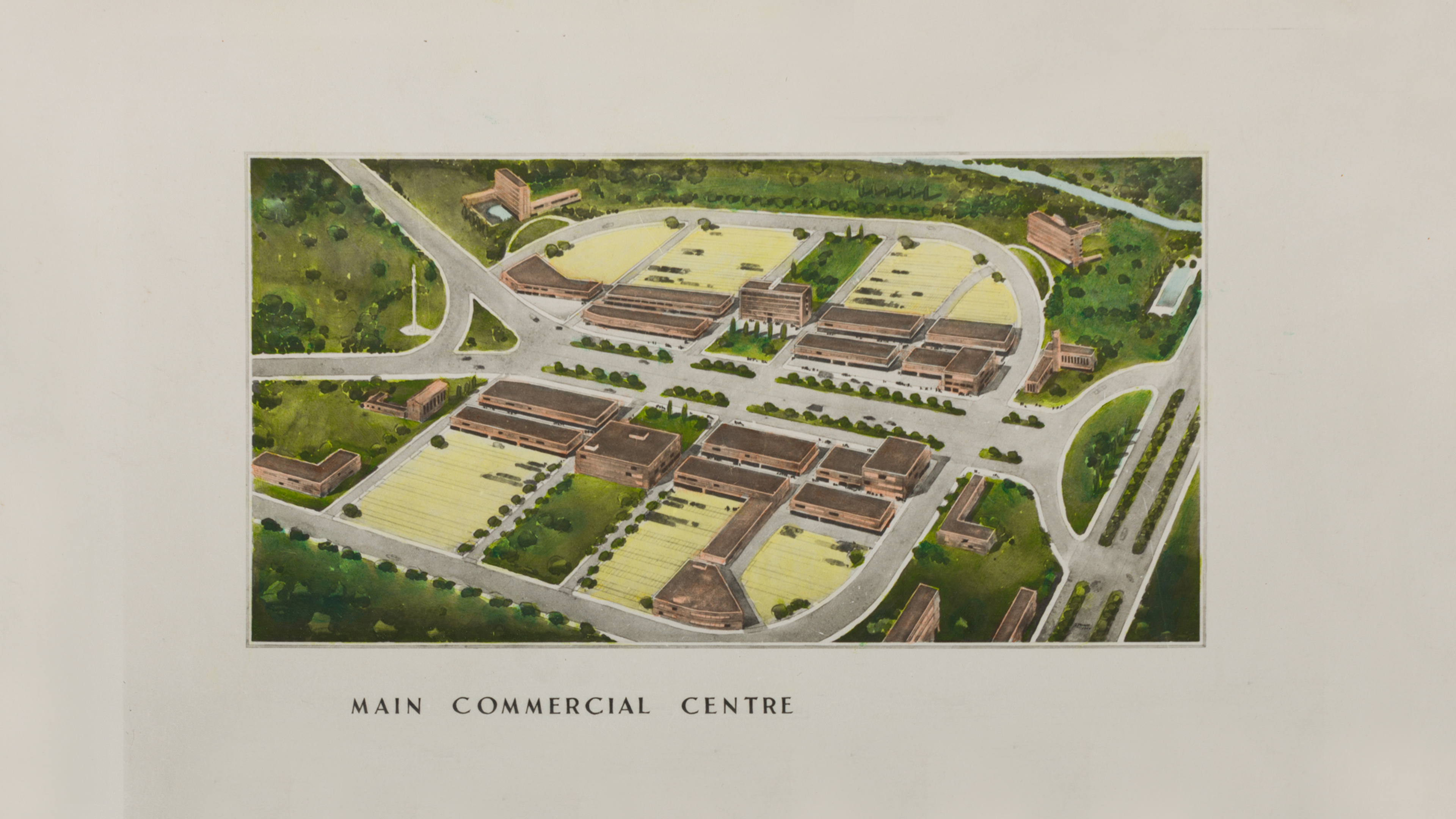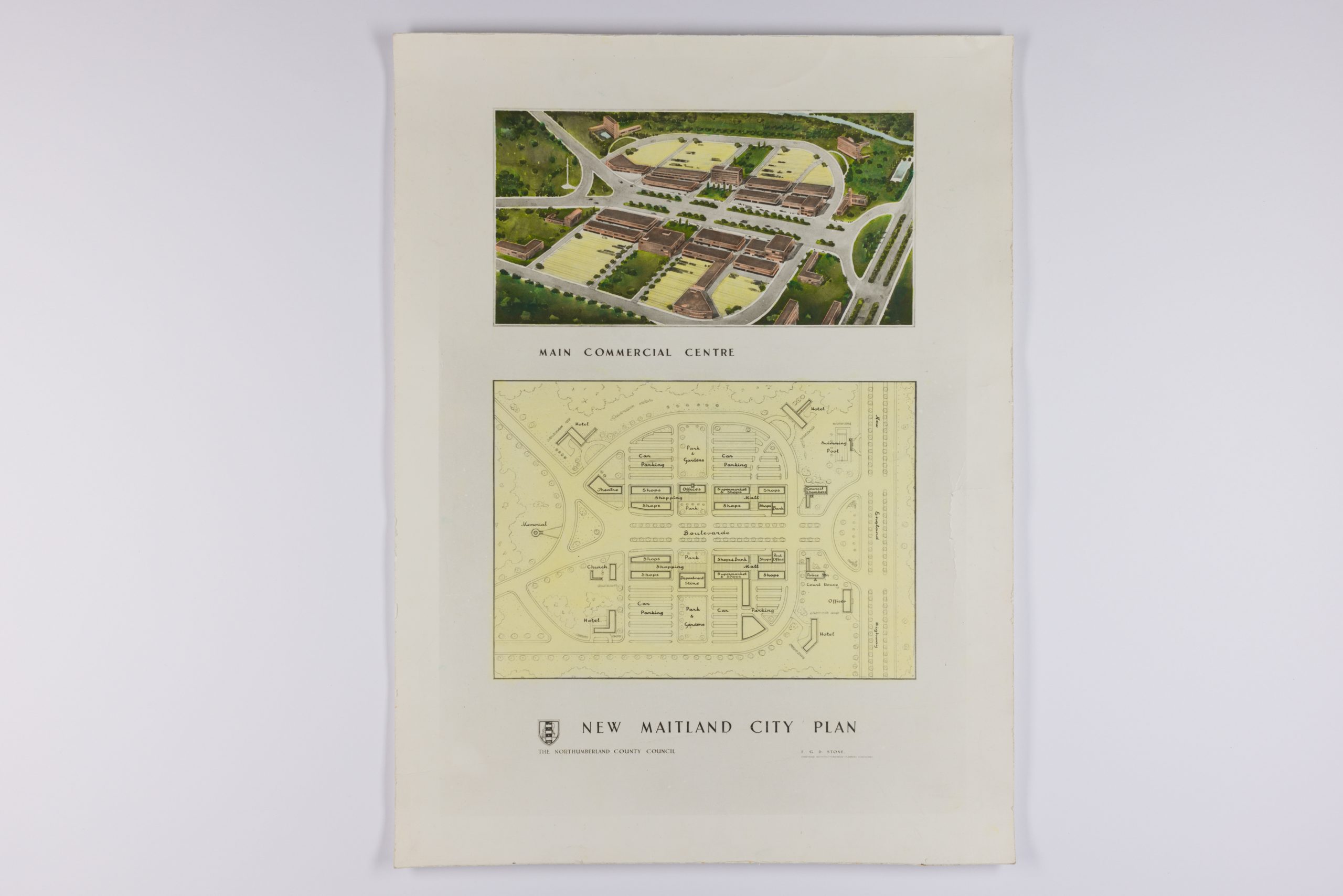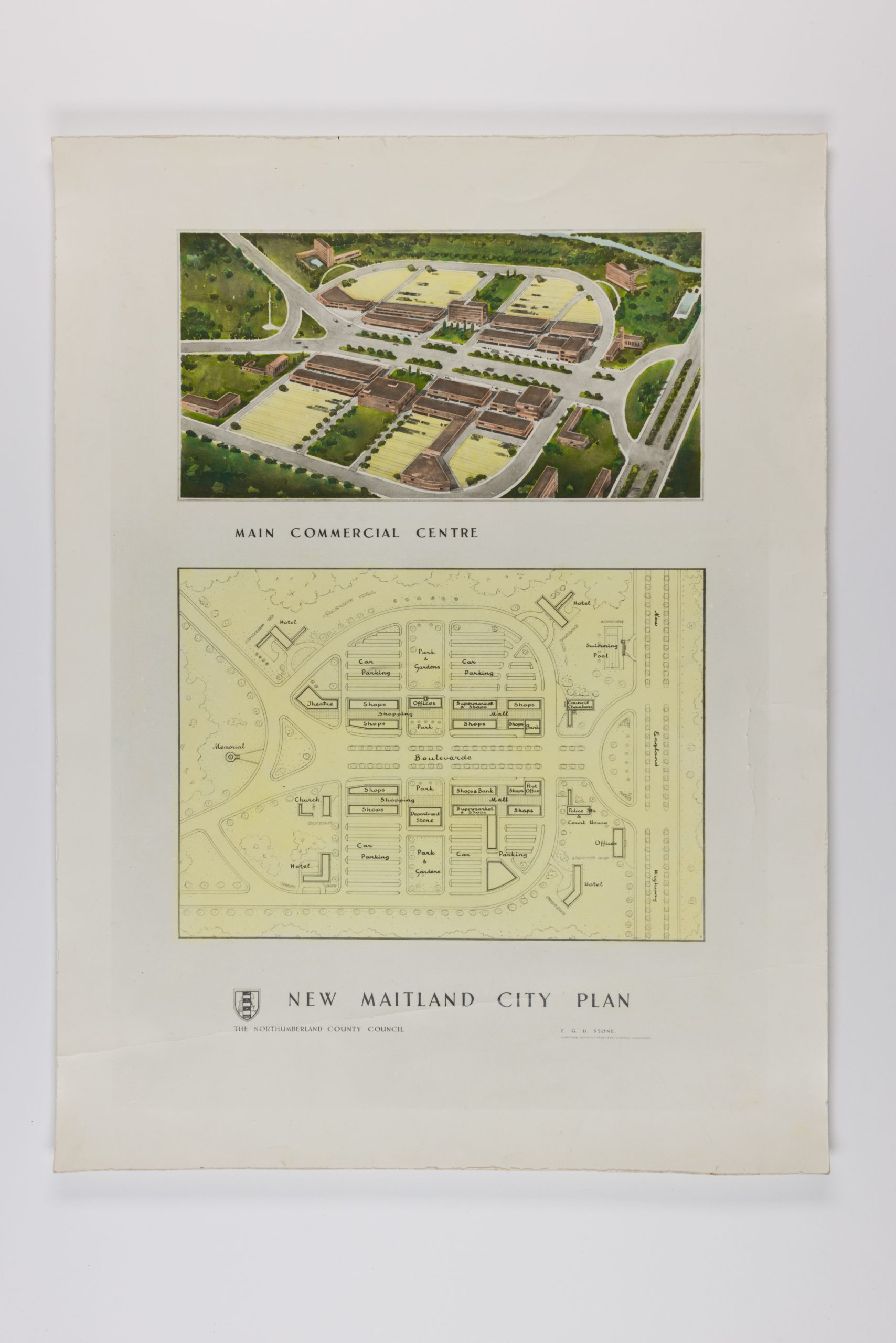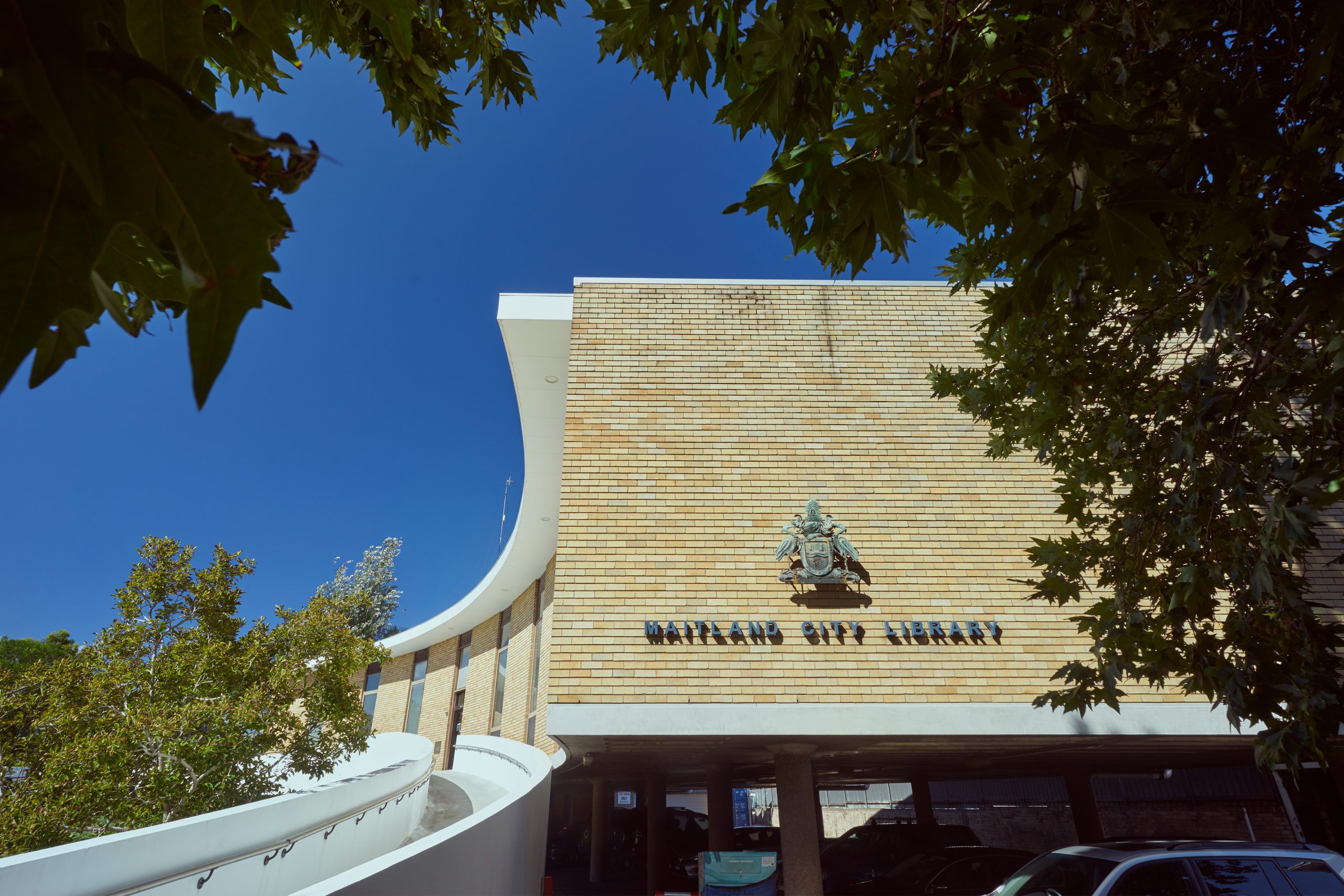An Impossible Proposition
Maitland’s Plan to Relocate to Higher Ground
Why move a city? Because it is repeatedly inundated by catastrophic floods. And how? That’s a question that Maitland never had the chance to answer. Situated on the floodplain of the Hunter River, where flood waters naturally accumulate during periods of heavy rainfall, the Maitland region has always been prone to flooding. The Wonnarua people, who lived in the area for tens of thousands of years prior, would have experienced these regular floods, and being mobile they moved to safer ground and adapted as necessary.
But for the European settlers, who established a permanent settlement on the banks of the river, the ongoing substantial inundations were more difficult to escape. Significant, devastating floods occurred there in 1820, 1893, 1913, 1930, 1949, 1952, 1955, 2007 and 2015, with many other smaller floods in between. After catastrophic flooding of February 1955 produced record heights of water and claimed twenty-five lives, Maitland City Council responded with a radical proposal to re-site Maitland’s town centre to higher ground.
Town Planning Consultant Frank George Dudley Stone (1905‐1984) was hastily employed to draft a plan, entitled Northumberland County Council Outline Plan for the New City of Maitland. It outlined his ambitious scheme and an accompanying architectural poster presented two attractive options for a thoroughly modern commercial centre.
Maitland City Council readily accepted the proposal, but not everyone in the wider community agreed with the idea. High Street business owners generally opposed it, as did the NSW Government’s Committee of Advice on Flood Control and Mitigation, which argued that there were too many obstacles in the way. It was considered an impossible proposition. Instead, houses were relocated and flood mitigation measures were made. The ‘topographically suitable’ site proposed for the new town centre would eventually become the site of the Greenfields shopping centre.






